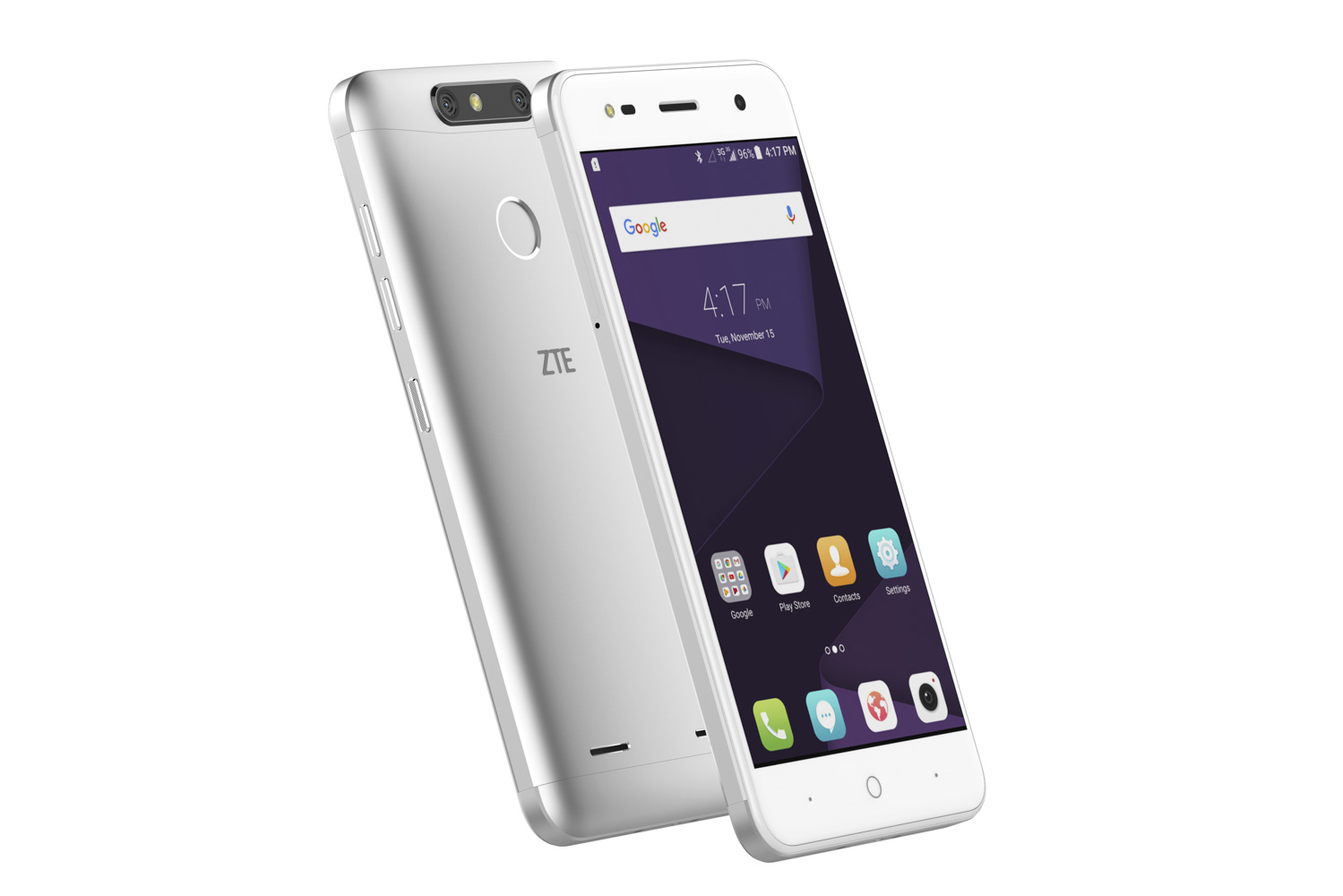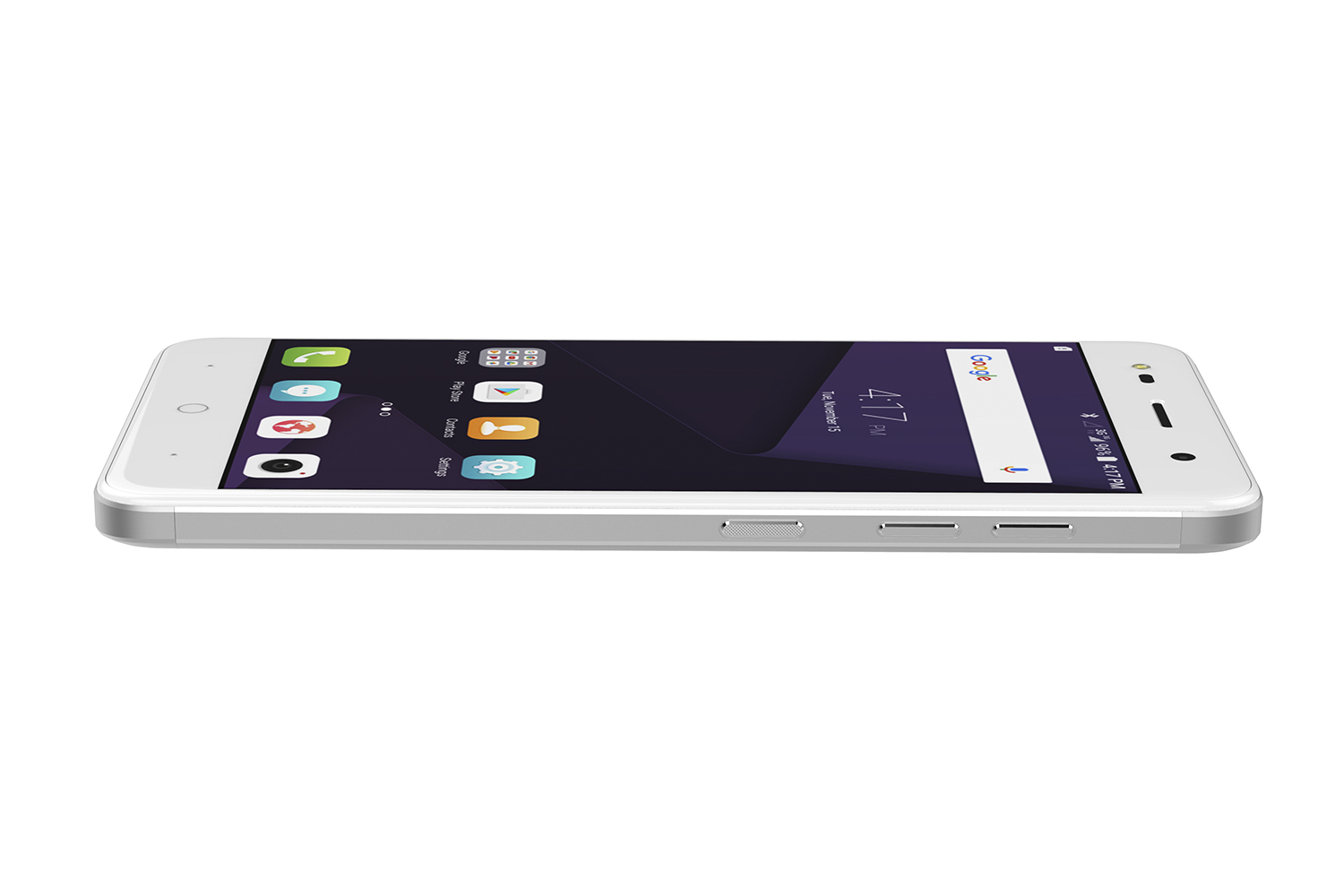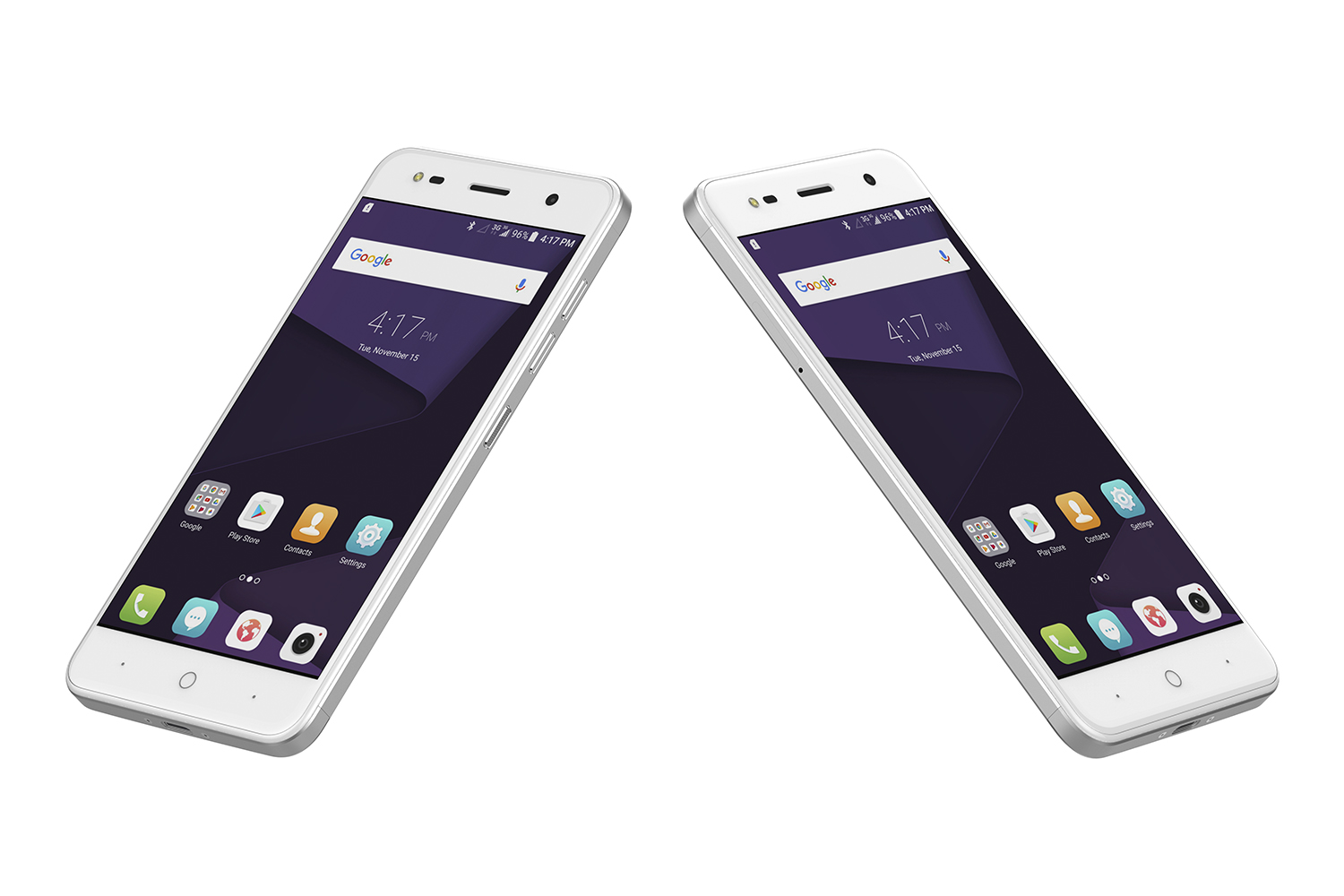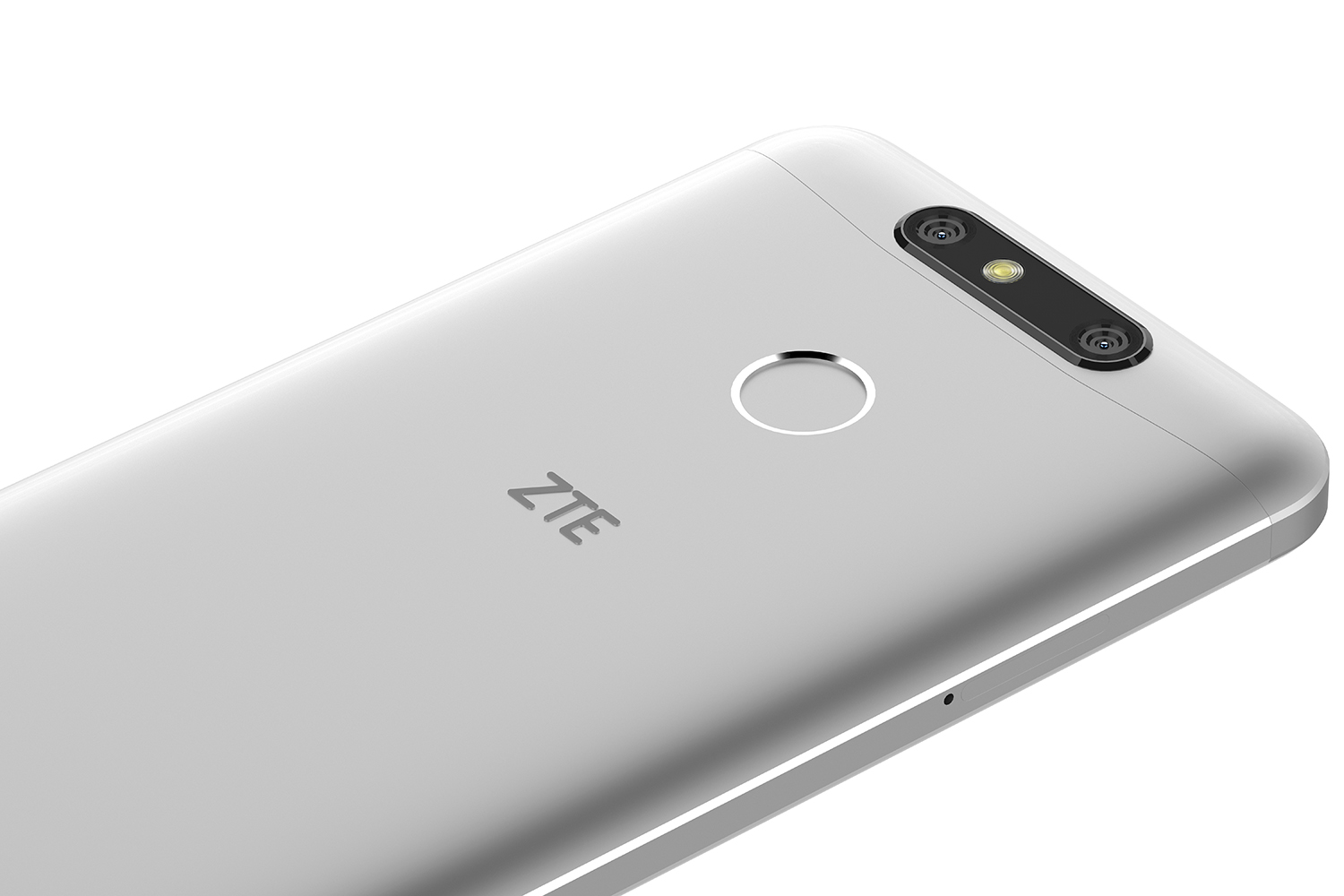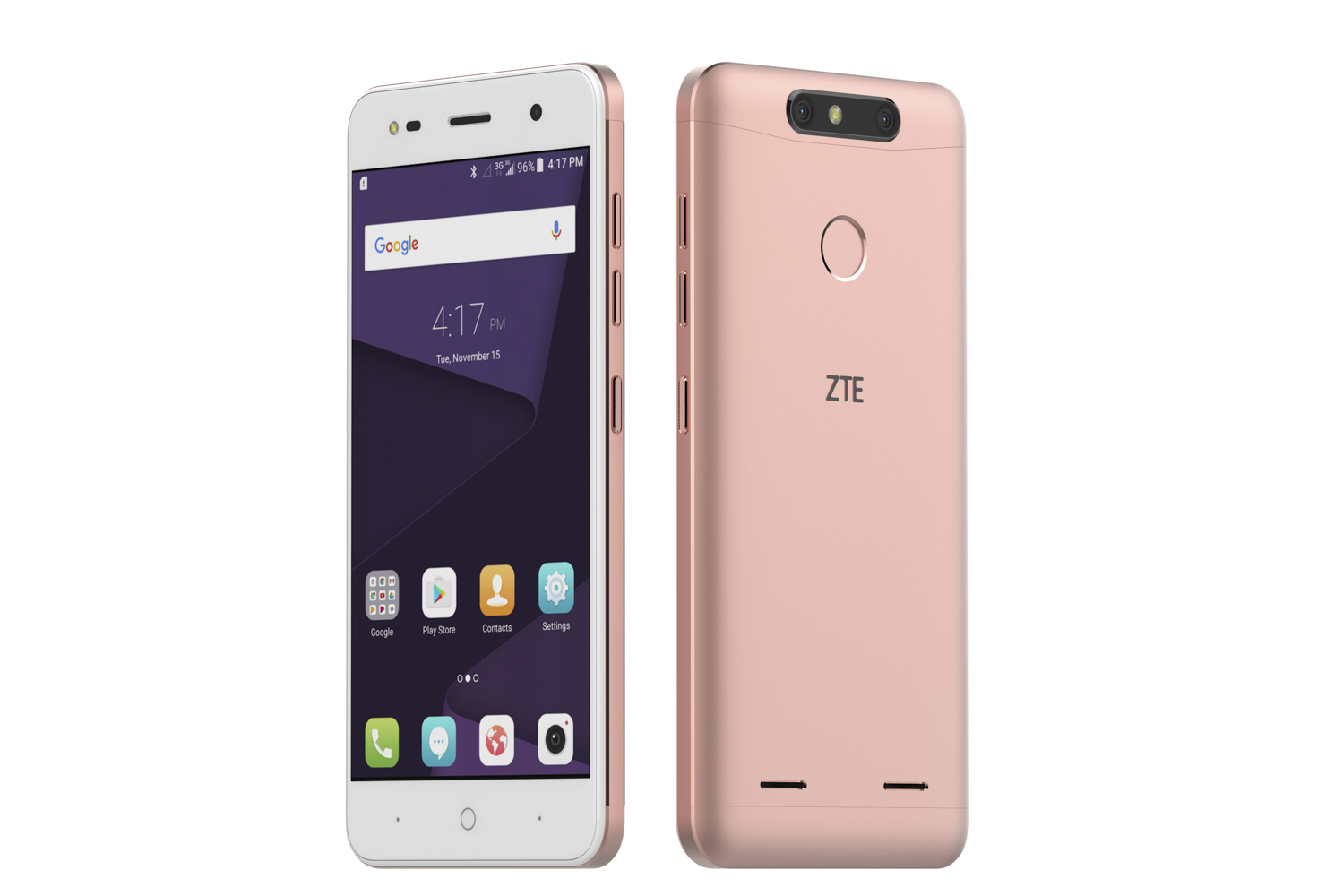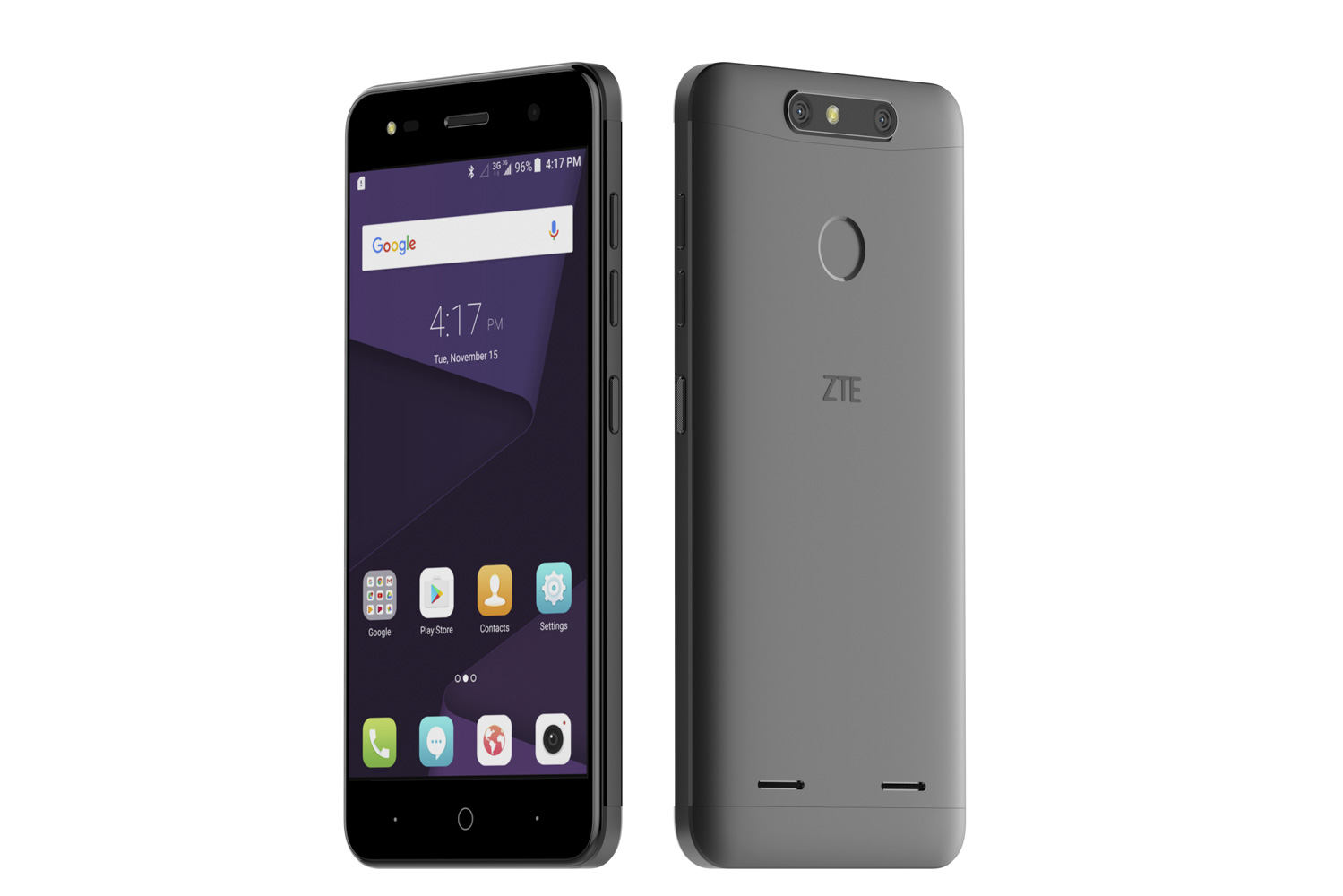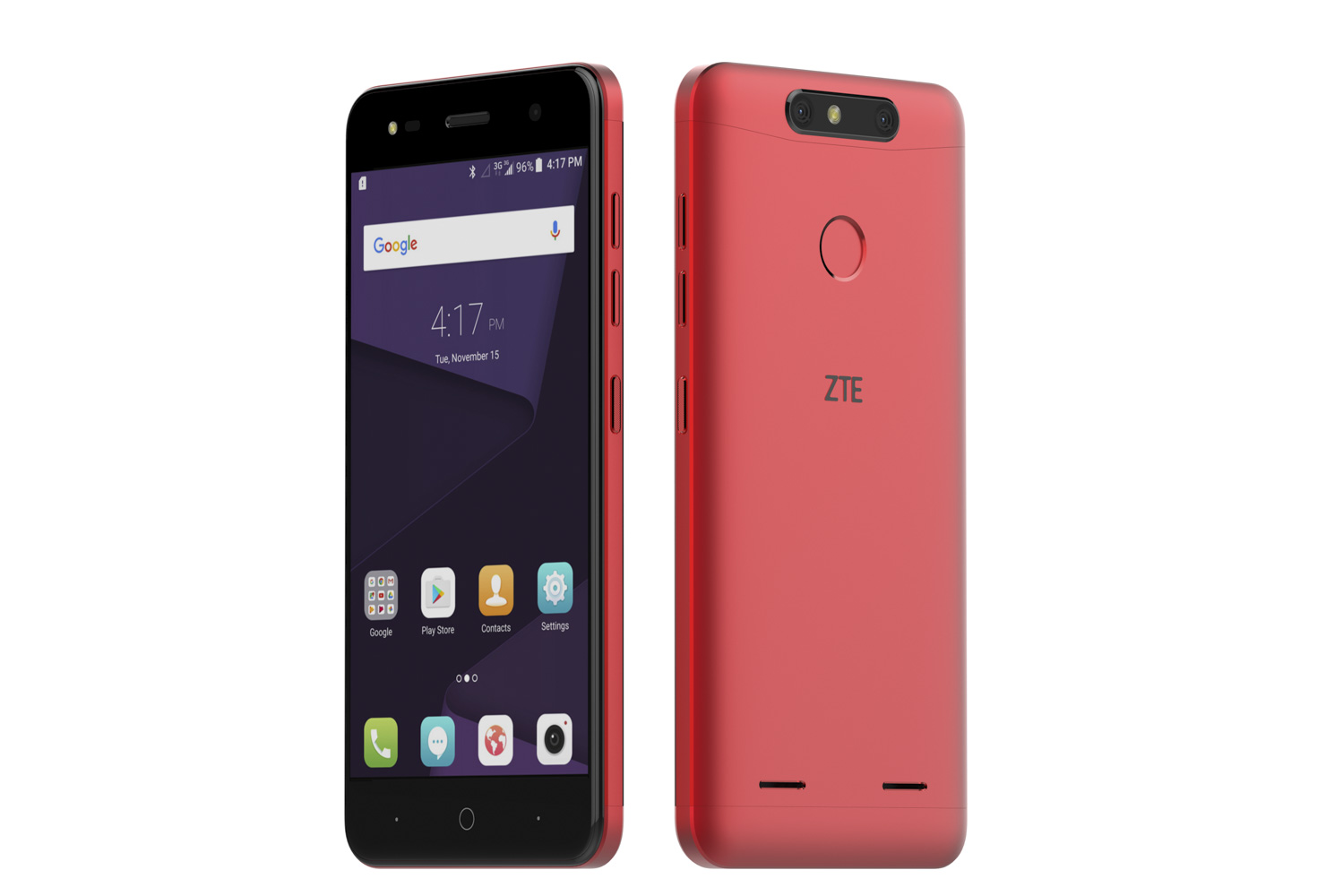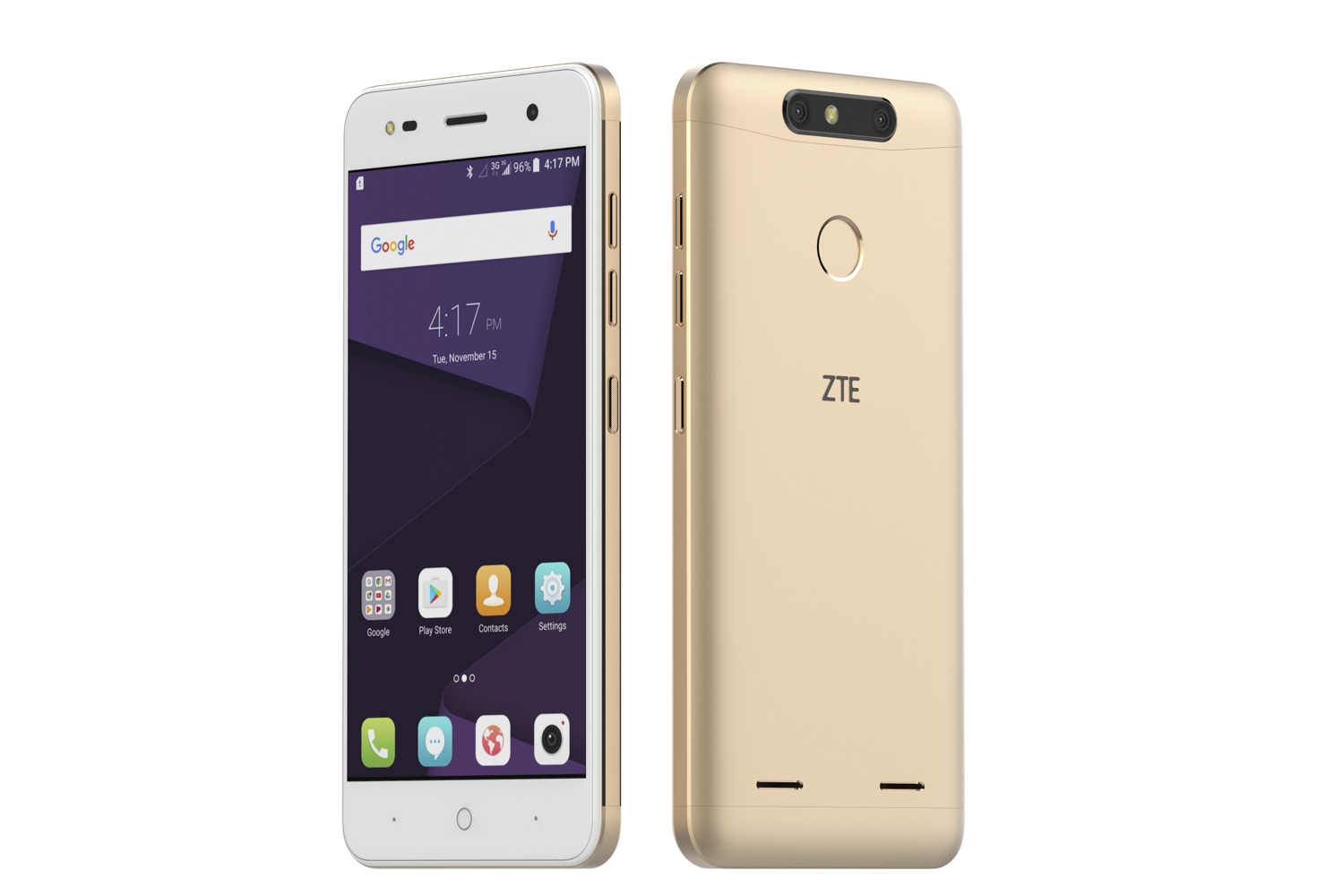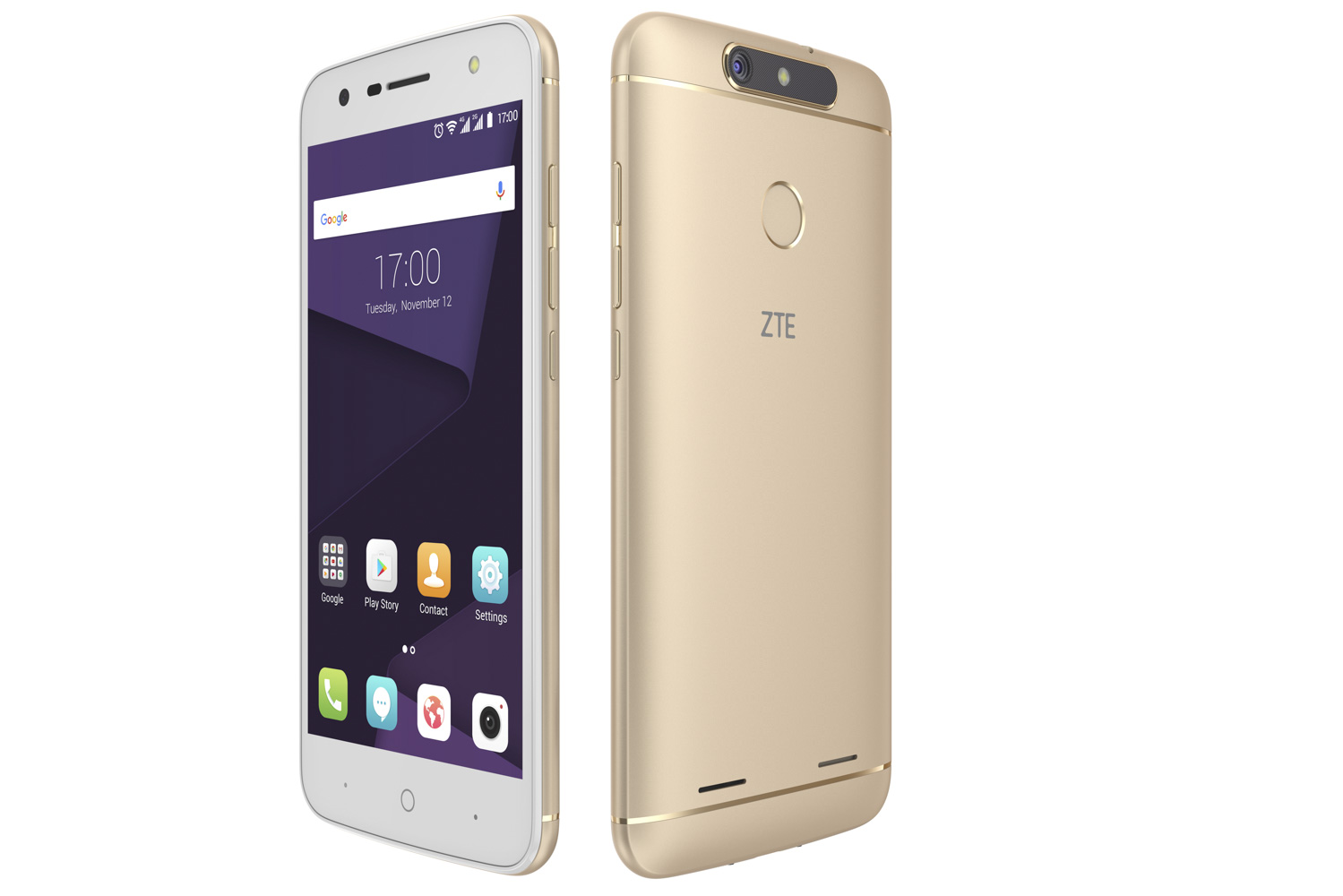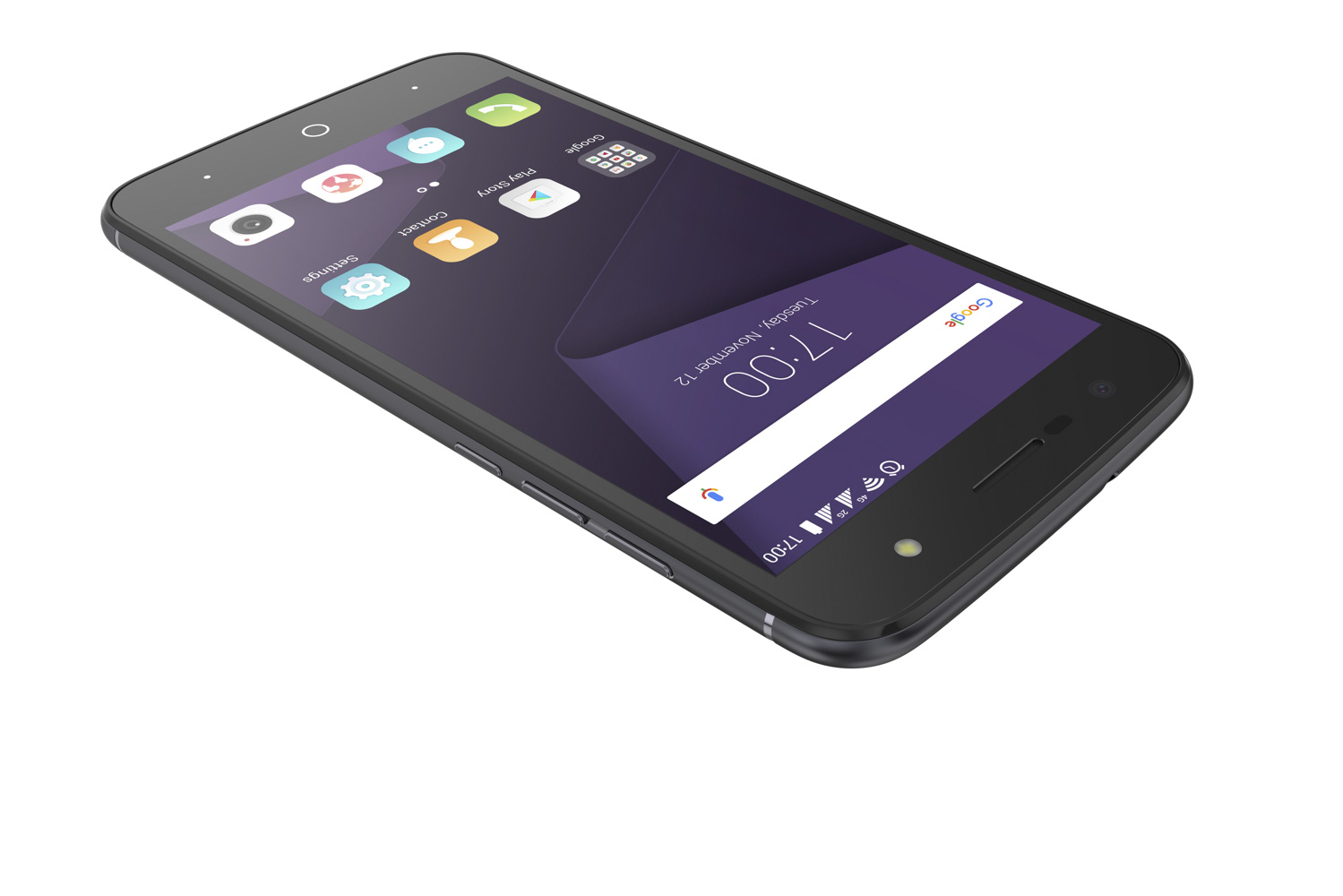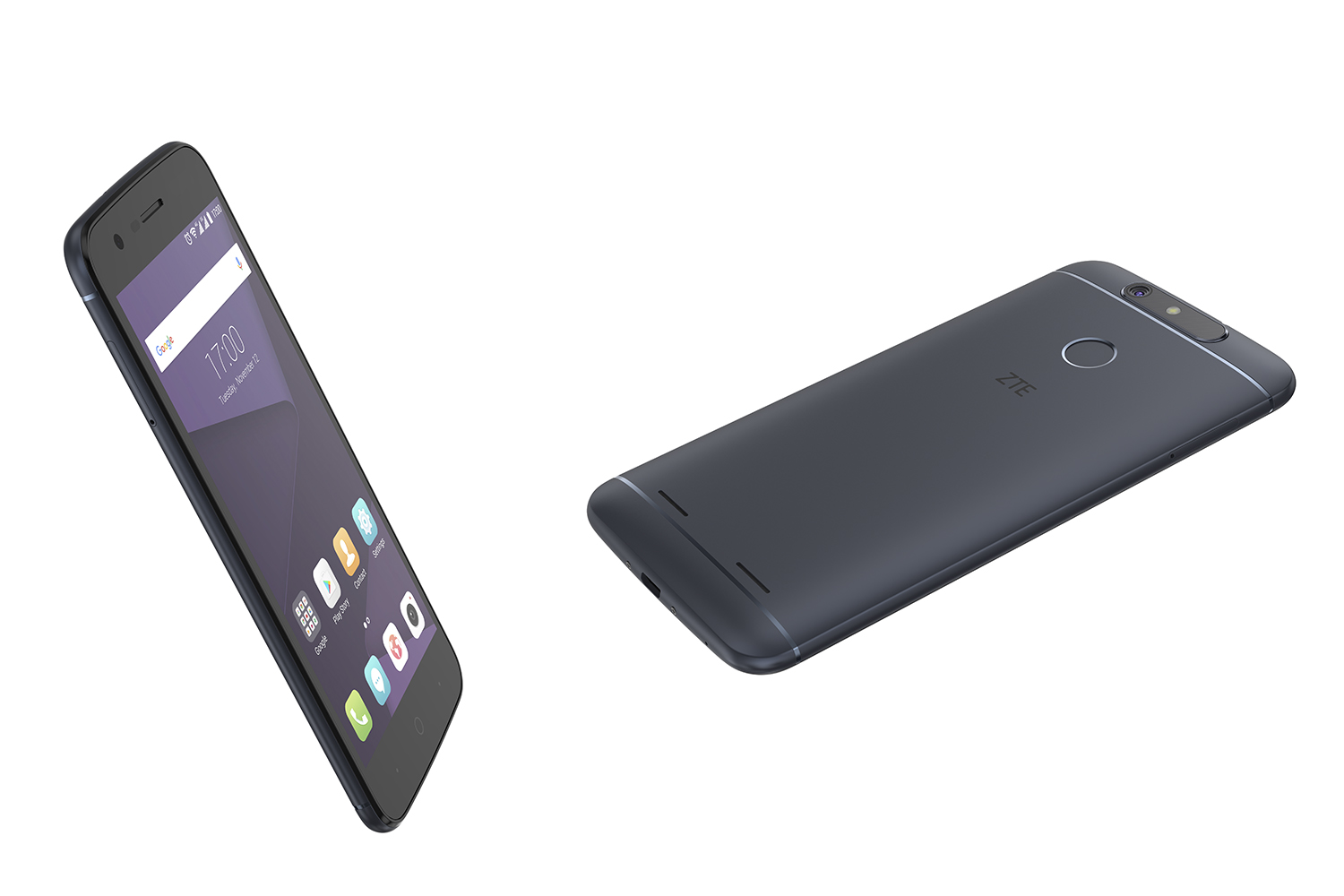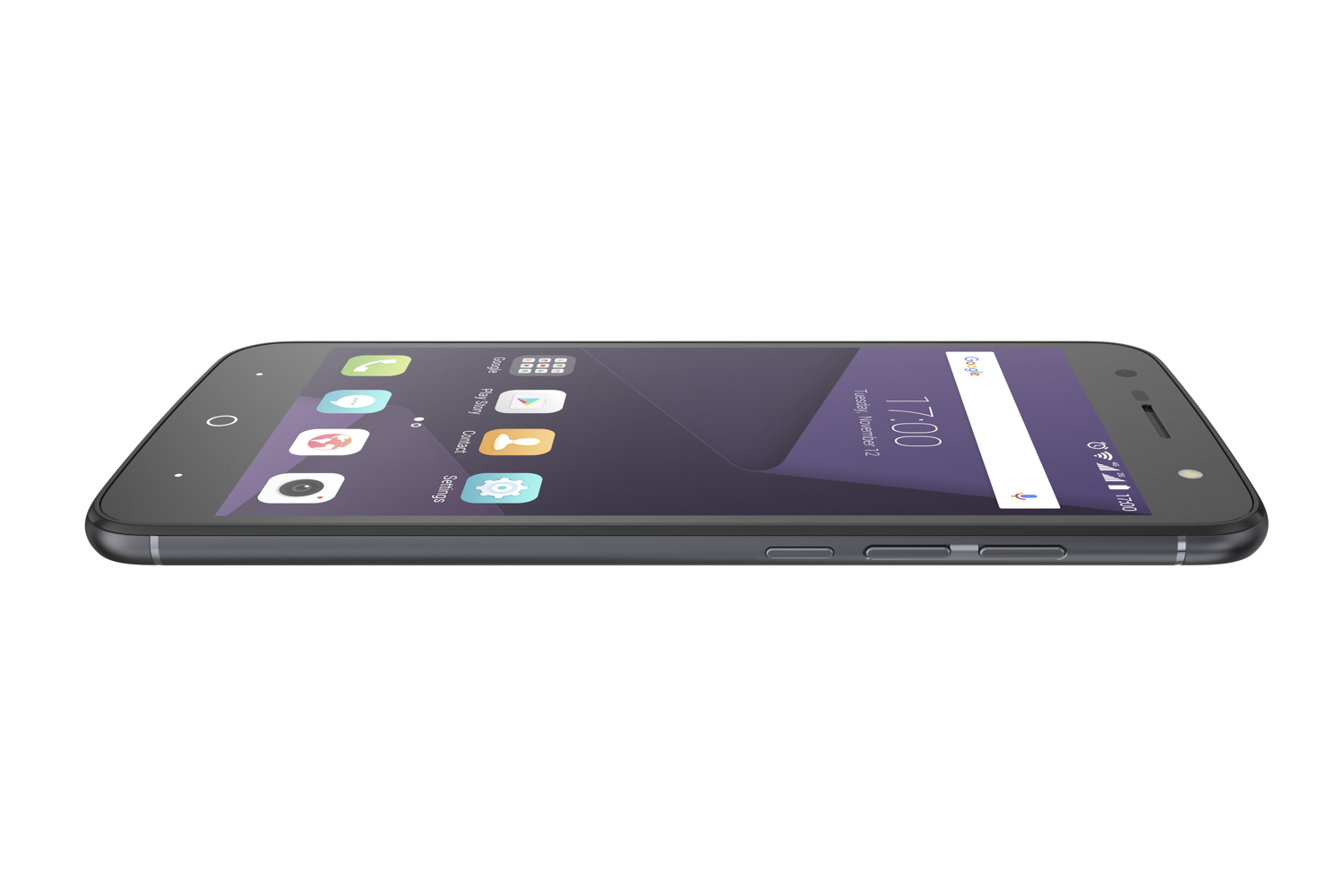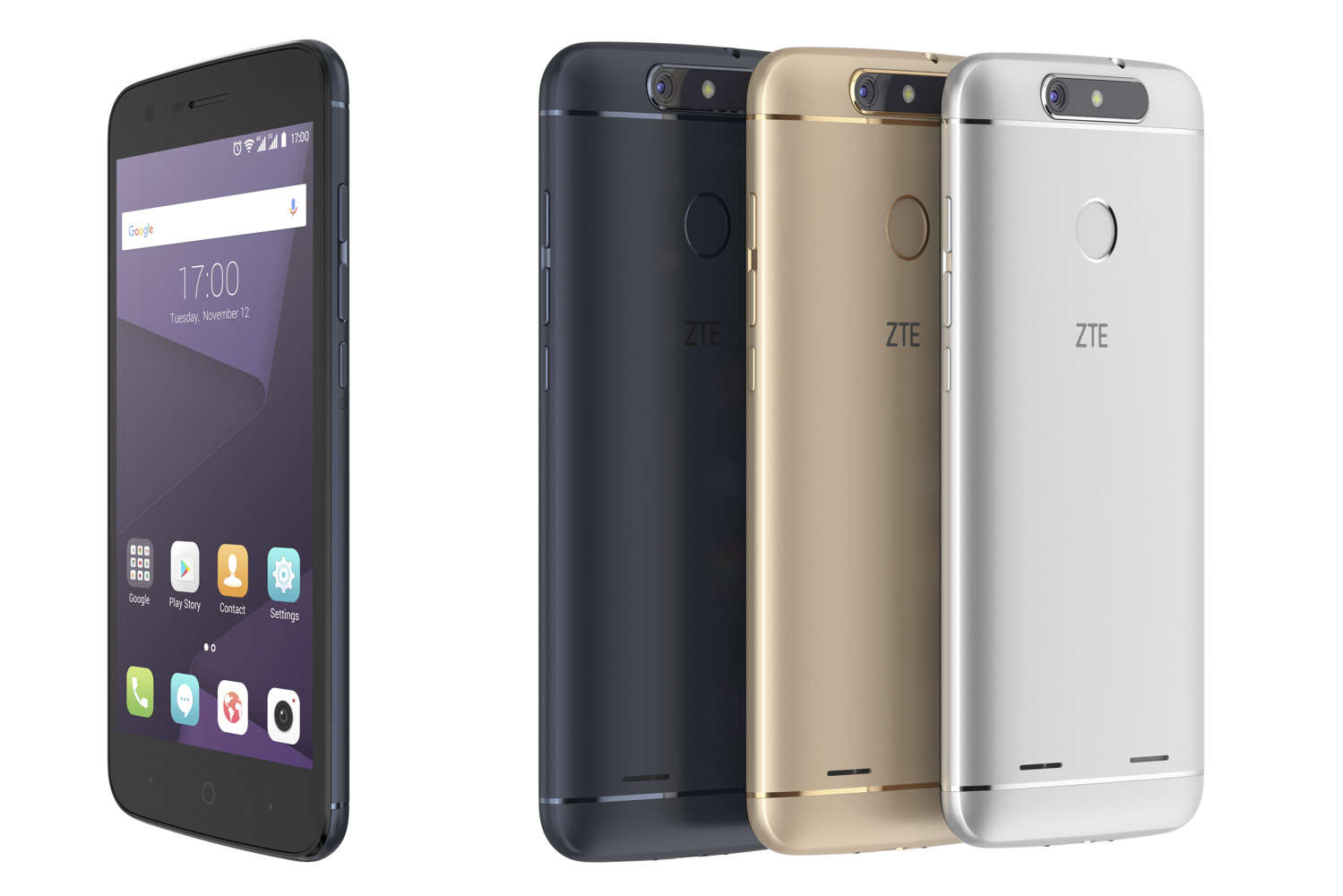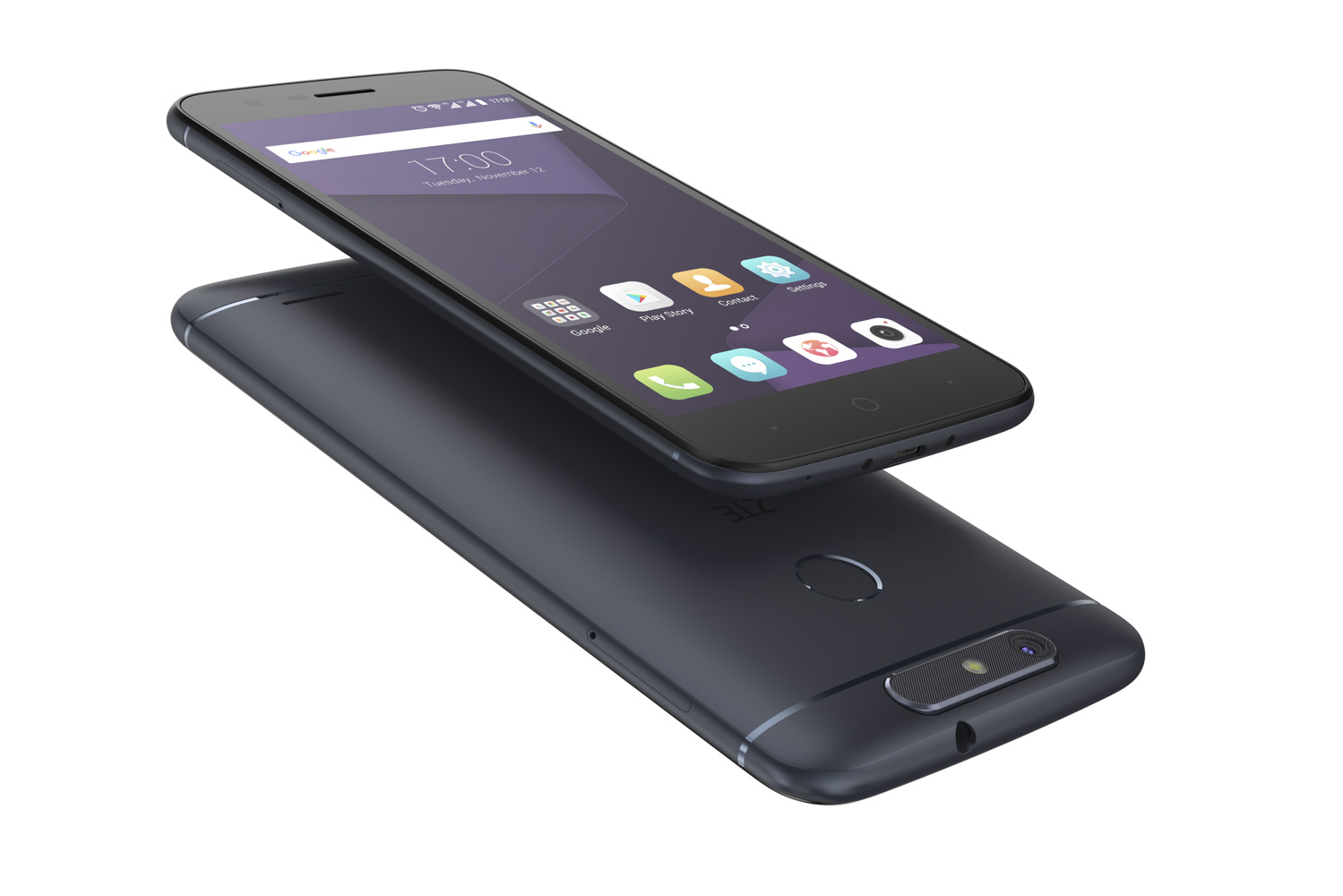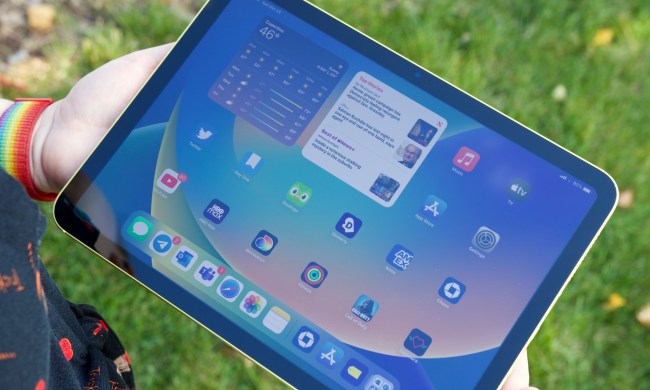
The Chinese company made the announcement Monday at Mobile World Congress in Barcelona. Both the Blade V8 and V8 Pro were announced at CES 2017 in January, and are currently on the market, though only the Pro is available in the U.S. The Blade V8 is available in Russia, Japan, and Malaysia, but it will expand to Europe, the Middle East, Africa, and Asia in March.
Click here to learn more about the V8 Pro, and read on for everything you need to know about the rest of the Blade V8 series.
More: ZTE Blade V8 Pro: Our first take
Blade V8 Mini
The Blade V8 Mini is a 5-inch smartphone with a Full HD resolution. Like the regular Blade V8, it’s powered by the same Snapdragon 435 processor, but the Mini only comes with 2GB of RAM. The device offers 16GB of internal storage, but a MicroSD card slot allows owners to add more storage.
The Mini runs MiFlavor 4.2 UI, which is based off Android 7.0 Nougat. It sports a 2,800mAh battery, and it charges via a MicroUSB port. It doesn’t look like there’s an NFC sensor, but there is a fingerprint sensor on the rear.
The highlight of the V8 Mini, just like with the V8 and V8 Pro, is the horizontal dual-camera setup on the rear. One has 13 megapixels but the other only packs 2 megapixels — this is to help obtain depth and distance information to produce bokeh, or blur, for photographs. A refocus mode in the camera app lets you change the focus area of the picture, which is a feature also available on the V8 and V8 Pro. There’s also a 5-megapixel front-facing camera that comes with a flash for selfies.
The device makes no effort to minimize bezels — unsurprising for a budget smartphone — and the navigation buttons on the front are capacitive.
The Blade V8 Mini will come in white, rose gold, gold, black, and red. It will be available for select markets in Europe, the Middle East, Africa, and Asia, but a concrete release date or price have yet to be announced.
Blade V8 Lite
The Blade V8 series are budget smartphones, and the Lite sits at the bottom. The Lite still has a 5-inch display but it has a lower, 720-pixel resolution. It’s powered by a MediaTek 6750 processor which is somewhat comparable to the Snapdragon 435. It also only comes with 2GB RAM.
The V8 Lite also only offers 16GB of internal storage, though a MicroSD card slot allows for expandable storage. The Lite has a smaller 2,500mAh battery, as well as a fingerprint sensor on the back. It does not have NFC, and also lacks the dual-camera system on the rear.
More: ZTE scraps Kickstarter for Hawkeye, its crowdsourced smartphone
There’s only an 8-megapixel camera on the back, and likely the same 5-megapixel camera with flash on the front as the V8 Mini.
The Blade V8 Lite will come in gold, black, and silver, and it will only be available in Italy, Germany and Spain at launch.
Blade V8

The Blade V8 sports a 5.2-inch Full HD IPS screen, and it’s powered by Qualcomm’s Snapdragon 435 processor with 3GB of RAM. It comes with 32GB of internal storage, but there’s a MicroSD card slot if you need more. There’s also a 2GB RAM configuration with 16GB of internal storage.
The V8’s MiFlavor UI is based on Android 6.0 Marshmallow, and no timeline was shared for a Nougat release. Unlike the V8 Pro, the regular V8 has an aluminum back with a horizontal dual-camera system. It looks as though ZTE is using the same camera setup from the V8 on the Mini — a 13-megapixel camera and a 2-megapixel one for bokeh capabilities. There’s an 8-megapixel front-facing camera with a flash as well.
The 2,730mAh battery charges via a USB Type-C port. The V8 comes in rose gold, silver, grey, and gold, and it’s currently available for purchase in Russia, Japan, and Malaysia, with more markets on the way.
We’ll update this post when we learn more about the V8 Mini and V8 Lite’s price and release date.
